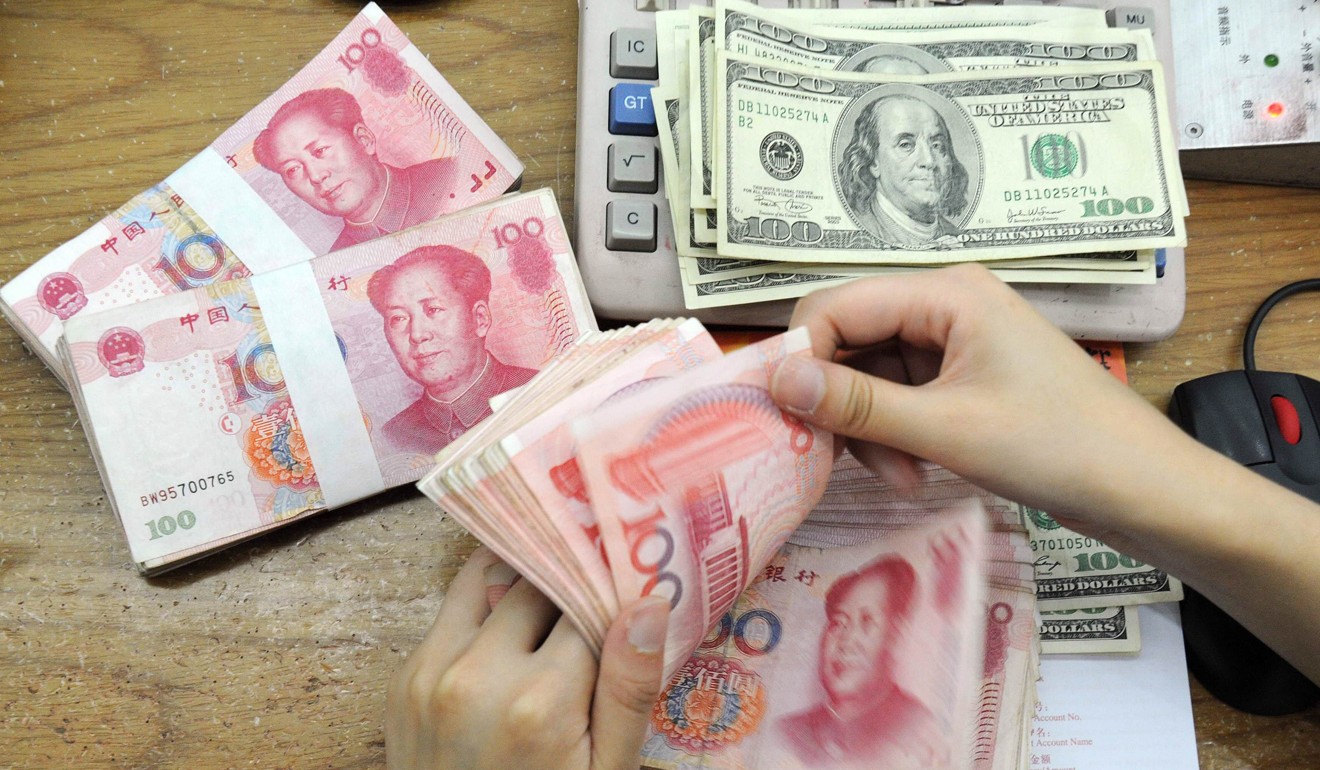
Chinese bonds’ star turn amid the market gloom should not escape foreign investors’ notice
Jason Pang says China’s bond market has proven resilient even as investor appetite weakens in the face of rate hikes and trade worries. Foreign investors who have plunged into this overwhelmingly domestically owned market appear to have made a good choice
When you’re in the midst of a hurricane, sometimes the safest place is in the eye of the storm. That’s been the case for investors in Chinese government bonds this year, as the resilience of that market stands in contrast to the majority of Asian local and dollar-denominated bonds and currencies, which have come under heavier pressure.
Facing the prospects of US rate hikes and ongoing trade war escalation, which have dented investor sentiment, returns on most Asian local currency sovereign debt have been in the red – the JP Morgan Asia Diversified Index (JADE) posted a -4.5 per cent return in US dollar terms for the first half of the year.
Chinese bonds have so far been the exception to the rule – the onshore and offshore government bonds actually notched returns of 2 per cent and 0.9 per cent respectively over the same time period in US dollar terms. Notably, the figure already includes the currency depreciation seen in the second quarter.
There are several reasons for what may seem like a counter-intuitive situation. For China’s overwhelmingly domestically owned bond market, government debt serves as a sort of safe haven. And this flight-to-quality trade may have looked increasingly alluring to domestic investors of late, given the pronounced sell-off in onshore equities and the falling renminbi.

Cooling economic growth is also giving a shine to Chinese bonds. Recently released June data confirmed that the Chinese government’s ongoing deleveraging efforts are putting the brakes on economic expansion.
Slower growth is usually good news for government debt: a slowing economy weakens investors’ risk appetite and suggests that future interest rate increases (the enemy of bonds) are less likely, thus making government bonds more attractive.
Such policy shifts have pushed domestic government bond yields lower, which means higher prices. Government bonds stand to gain further if the central bank continues to act, for example if the US-China trade war were to escalate.

But the most interesting reason that makes Chinese government bond markets stand out in Asia is that foreign investors want in and they are voting with their money. Unlike most asset classes which have seen outflows this year, Chinese government bonds have actually received inflows, increasing the percentage of foreign holdings from 5 per cent in 2017 to almost 7 per cent as of May 2018.
Despite such inflows into the market, the foreigner-holdings ratio is modest compared to other Asia bond markets, where the level ranges from 10-40 per cent. This will change, as upcoming index inclusions will ensure exponential growth in foreign participation – Bloomberg’s milestone decision to include yuan-denominated government and policy bank securities in its global aggregate indices from next year was just the beginning.
Investors who take the plunge into Chinese government bonds will of course need to consider the currency risks, given the ongoing trade war.
Renminbi hedging costs have lowered substantially this year. As a result, net of hedging costs, five-year Chinese government bonds now offer yields not far from five-year US Treasuries. For investors, such changes in market dynamics give them the choice of running Chinese government bonds in local currency, or US dollars. Without foreign exchange risks, the potential for capital gains may indeed look more appealing, particularly for foreign investors.
Clearly China’s bond market is marching to the beat of a different drummer – the fact that it’s not moving in lockstep with other markets provides investors with diversification and a relatively safe haven in surprising proximity to the turmoil that is shaking up the broader emerging-market debt landscape.
If the trade war persists, being invested at the epicentre of the clash may prove a good place to be.
Jason Pang is portfolio manager at JPMorgan Asian Total Return Bond Fund

